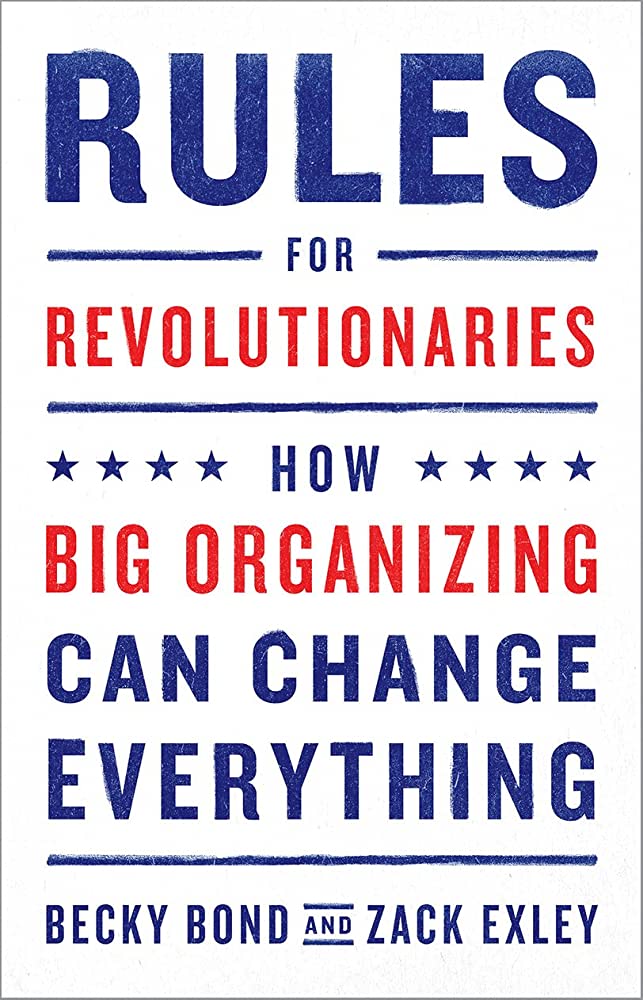The Innovator’s Solution: Creating and Sustaining Successful Growth
RATING


Christensen follows The Innovator’s Dilemma with The Innovator’s Solution, an answer for how businesses can create and sustain growth within their company in the face of innovation. Instead of focusing on how companies can withstand the tests of innovation and disruptions in their markets, the emphasis is now on how to create those disruptions and utilize their presence to create long-term growth.
The tendency for large, successful companies to be blindsided by the eruption of innovative technologies is addressed and tackled in what can effectively be a company handbook for dealing with disruptive products. This takes a much more focused approach and has theories that describe actionable steps towards turning this dilemma into a resource. These theories, essentially salvaged from other concepts, come together to create a product that fits the model of creating growth through disruptions. Christensen and Raynor’s conclusion focuses on the understanding of all aspects – disruptions, customers, products, business growth – before executive leadership steers the company towards strategic action.
The core of what the book discusses boils down to how to target the right customers with the right products while ensuring that those products do not become commodities with razor thin margins. This is essentially a foil of Senteo’s own methodology of defining the customer’s wants, needs, and desires before creating a customize product offering. The segmentation goes beyond simple age, gender, and ethnicity; both Senteo and the authors emphasize the analysis of the customer by their situational context and specific needs in order to create specialized offerings for each segment. Again, we have a great deal of respect for the book’s initiative to analyze existing success and postulate how market dominance can lead to eventual failure. Banks are no different in this case as they can lose market share should a new company undercut their prices or have a new offering that is appealing to consumers.
Unfortunately the authors did not note many of the companies that have made innovative changes to their existing business models, instead sticking to only published research. We believe this was an oversight; had the authors done their own research they would have addressed the numerous examples in service, software, and medical testing industries. These cases would have given additional breadth and material to support the authors’ theory. The advice and claims that the authors make in the book towards existing businesses stray away from the cautious tone of The Investor’s Dilemma, discrediting these theories as more rash and possibly ineffective in realistic application. We account this spark of rash decision making to a lack of field experience, and would say that input from an operations executive would have challenged the authors to reevaluate their claims. Interviews would possibly remedy this situation, as the research seems inadequate to capture the emotional and situational context found in executive decision making. The latter half of the book speaks of concrete details for company organization and executive involvement, and it is this section that is begging for real world perspective and not observational deductions.
In his international bestseller The Innovator’s Dilemma, Clayton M. Christensen exposed this crushing paradox behind the failure of many industry leaders: by placing too much focus on pleasing their most profitable customers, these firms actually paved the way for their own demise by ignoring the disruptive technologies that aggressively evolved to displace them. In The Innovator’s Solution, Christensen and coauthor Michael E. Raynor help all companies understand how to become disruptors themselves.
Clay Christensen (author of the award-winning Harvard Business Review article, “How Will You Measure Your Life?”) and Raynor not only reveal that innovation is more predictable than most managers have come to believe, they also provide helpful advice on the business decisions crucial to truly disruptive growth. Citing in-depth research and theories tested in hundreds of companies across many industries, the authors identify the processes that create successful innovation—and they show managers how to tailor their strategies to the changing circumstances of a dynamic world.
This book’s place is as a sequel to The Innovator’s Dilemma and should be coupled with it accordingly. Groundwork for this book is rooted in its predecessor, and full understanding of the context can only truly be gained through reading both. Those who would benefit from this book, again, are the executives and strategic thinkers of businesses. These are individuals who can make decisions pertaining to the direction of the company, so they would benefit from understanding the impact of disruptions on the business. To a lesser extent, market researchers stand to gain from understanding new methods of qualitative research, while smaller businesses can glean insight for how to turn disruptions against larger companies. As the title suggests, though, this is merely a solution to the dilemma of disruptions and innovations changing the balance of the markets, and much of the understanding must be garnered from other books.

There are numerous references to different steps that can be taken by the reader, yet the book lacks an explicit definition of how and why steps should be taken. Even the latter half’s advice and suggested actions lack the comprehensiveness to truly create an understanding for application. As a whole, it is a well-researched book that analyzes how to answer the dilemma of innovation’s impact on the marketplace. With personal insight and researched topics, the book provides an interesting look at how to address concerns regarding disruptions, namely how successful companies can avoid being caught off-guard by new innovations.
See content on this topic

Understand the value of a customer-oriented analytics package and how behavioral scenarios can be used to improve profitability through influencing behavior and usage.
To understand the principles of game dynamics and learn how to effectively use the elements of gamification in business: to involve customers, employees and contractors in the process.
Understanding branding and communications from the standpoint of emotional engagement and building relevant and meaningful dialogue with customers.
This course covers a complete view of customer touch points (both physical and virtual) and a unique model for standardizing and managing customer contact models across channels including approaches for customer feedback, quality management, and migration.
Experiential Branding & Communications – Improving Brand Integration Through Emotional Engagement.
This course covers a complete view of customer touch points (both physical and virtual) and a unique model for standardizing and managing customer contact models across channels.
Understanding how leaders must evolve with relation to the evolution of business models, new management models, and the significant changes to the workforce with Digital Natives now making up more than 50% of the workforce globally.
Understand how to manage both internal and external digital transformation while considering the landscape for digital business models and the effect on traditional business models. Understanding organizational readiness for transformation and the role of corporate culture in managing transformations.
The changes in consumer behavior, employee behavior, and the evolution of business models in the digital age cause significant difficulties and imperatives for leaders who must develop new skills and evolve their leadership styles to be effective in this fast changing, challenging, and competitive environment.
Understanding how to design & manage change/transformation programs in organizations of different sizes. This course will help any size team or organization to better deal with change & transformation on any scale.




 Copy Link
Copy Link
 E-mail
E-mail
 LinkedIn
LinkedIn
 Facebook
Facebook
 Telegram
Telegram
 WhatsApp
WhatsApp















 Go Back
Go Back
Leave a Reply
You must be logged in to post a comment.